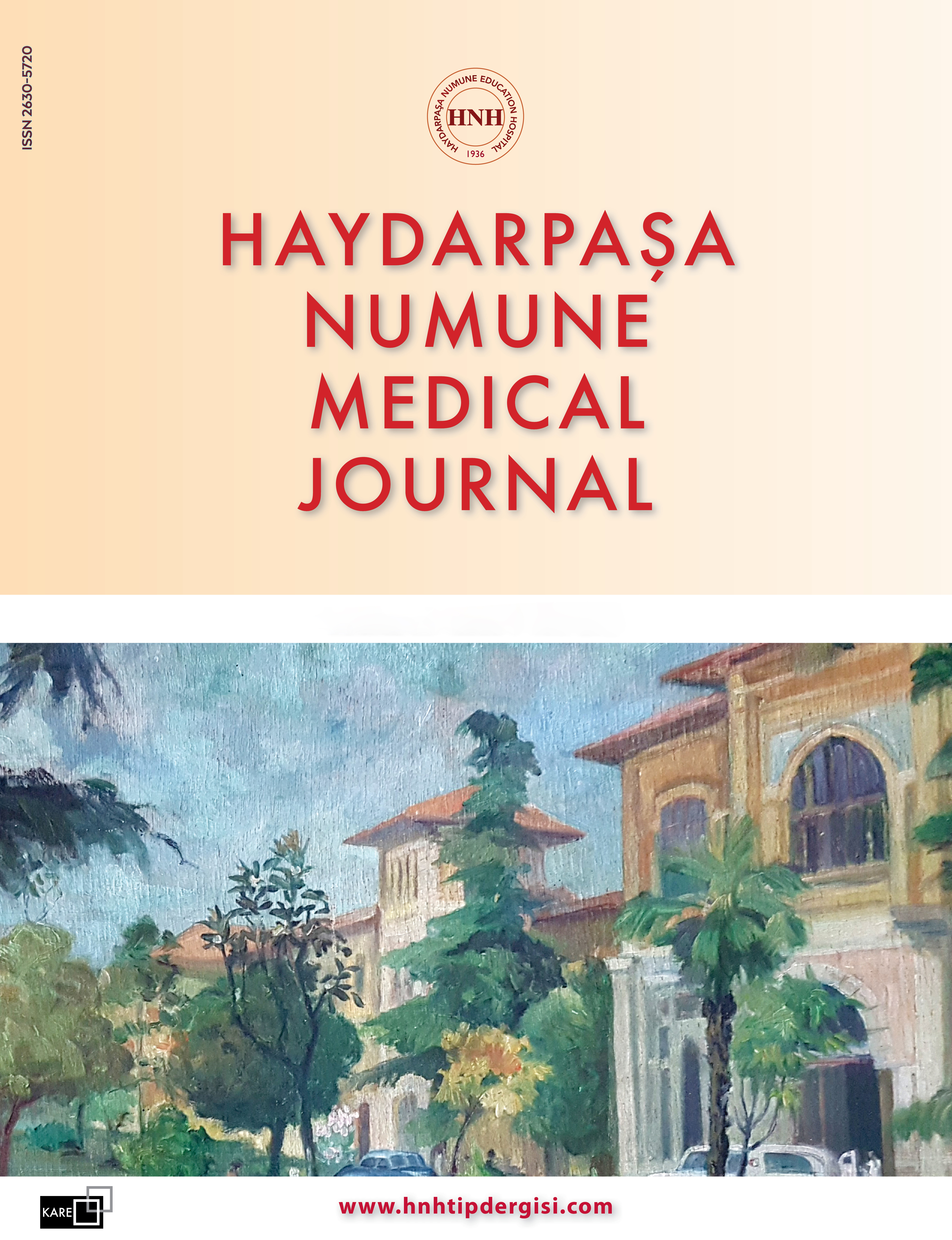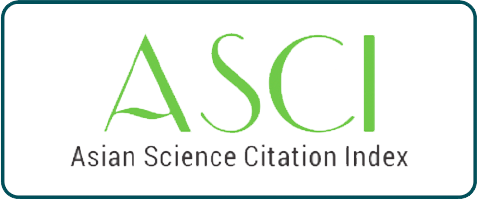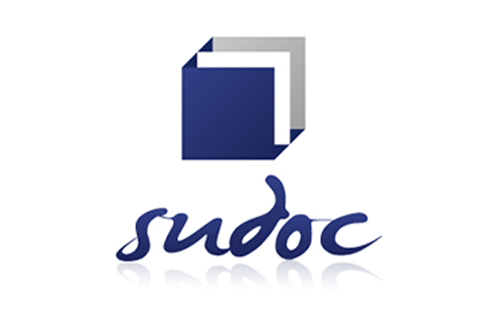Positivity Rate of Rotavirus and Adenovirus in Acute Gastroenteritis Patients: A Three-Year Analysis Based on Age, Season, and Gender
Mehmet Akif Durmuş, Nurhadiye KuruÇam and Sakura City Hospital, Medical Microbiology Laboratory, Istanbul, TürkiyeINTRODUCTION: Acute gastroenteritis (AGE) is a significant cause of morbidity and mortality, particularly in children under five years of age. Among viral pathogens, rotavirus and adenovirus are the leading causes of both endemic and epidemic AGE worldwide. This study aims to investigate the positivity rate of rotavirus and adenovirus among gastroenteritis-suspected patients in Istanbul, focusing on demographic factors and seasonal distribution.
METHODS: Between May 1, 2020, and May 1, 2023, stool samples from 16,064 patients who presented to XXXXX(Hospital name) Hospital in Istanbul were retrospectively evaluated. Rotavirus and adenovirus antigens were analyzed using two different immunochromatographic rapid tests employed during the study period: the CerTest® RotaAdeno Card Test (CerTest Biotec, Spain) and the Rotavirus Adenovirus Rapid Antigen Test (Türklab, Turkey). Patients were categorized by age groups (012, 1336, 3760 months, 618 years, and >18 years), gender, and seasons. Statistical analyses were conducted using Chi-square and Z-tests, with p<0.05 considered statistically significant.
RESULTS: A total of 2,270 (14.1%) patients tested positive for rotavirus, and 595 (3.7%) tested positive for adenovirus. The highest positivity rate of rotavirus occurred in the 1336 months age group (20.3%), while adenovirus was most common in the 3760 months age group (4.8%) (p<0.001). When the positivity rates between genders were examined, no significant difference was found (rotavirus: female and male 14.1%; adenovirus: female 3.9%, male 3.5%; p>0.05). Rotavirus infections peaked in spring and summer (14.7%-14.5%), whereas adenovirus infections peaked in autumn (4.5%) (p<0.05). The co-infection rate was 0.58% (n=93).
DISCUSSION AND CONCLUSION: Rotavirus has become a more dominant pathogen causing AGE than adenovirus. Both viruses showed high levels of positivity, especially in early childhood. The seasonal patterns indicate that rotavirus peaks in spring and summer, while adenovirus sees an increase in autumn. These insights are crucial for developing targeted preventive measures for managing AGE in specific age groups.
Akut Gastroenteritli Hastalarda Rotavirüs ve Adenovirüs Pozitiflik Oranı: Yaş, Mevsim ve Cinsiyete Dayalı Üç Yıllık Bir Analiz
Mehmet Akif Durmuş, Nurhadiye KuruÇam ve Sakura Şehir Hastanesi, Tıbbi Mikrobiyoloji Laboratuvarı, İstanbul, TürkiyeGİRİŞ ve AMAÇ: Giriş
Akut gastroenterit (AGE), özellikle 5 yaş altı çocuklarda morbidite ve mortalitenin önemli nedenlerindendir. Viral etkenlerden rotavirüs ve adenovirüs, dünya çapında endemik ve epidemik AGElerin başlıca patojenleridir. Bu çalışma, İstanbulda gastroenterit ön tanılı hastalarda rotavirüs ve adenovirüs sıklığını, demografik ve mevsimsel dağılımını incelemeyi amaçlamıştır.
YÖNTEM ve GEREÇLER: 1 Mayıs 20201 Mayıs 2023 tarihleri arasında XXXX Hastanesine başvuran 16.064 hastanın dışkı örneği retrospektif olarak değerlendirilmiştir. Rotavirüs ve adenovirüs antijenleri, çalışma döneminde kullanılan iki farklı immünokromatografik hızlı test ile analiz edilmiştir: CerTest® RotaAdeno Card Test (CerTest Biotec, İspanya) ve Rotavirüs Adenovirüs Hızlı Antijen Testi (Türklab, Türkiye). Hastalar yaş (012 ay, 1336 ay, 3760 ay, 618 yaş ve >18 yaş), cinsiyet ve mevsimlere göre gruplandırılmıştır. İstatistiksel analizler Ki-kare ve z-testi ile yapılmış, p<0.05 anlamlı kabul edilmiştir.
BULGULAR: Toplam 2.270 (%14,1) rotavirüs ve 595 (%3,7) adenovirüs pozitifliği tespit edilmiştir. Rotavirüs en sık 13-36 ay grubunda (%20,3), adenovirüs ise 37-60 ay grubunda (%4,8) saptanmıştır (p<0,001). Cinsiyetler arasında anlamlı fark saptanmamıştır (rotavirüs: kadın/erkek %14,1; adenovirüs: kadın %3,9, erkek %3,5; p>0,05). Rotavirüs ilkbahar-yaz aylarında (%14,7-14,5), adenovirüs ise sonbaharda (%4,5) pik yapmıştır (p<0,05). Ko-enfeksiyon oranı %0,58 olarak saptanmıştır (n=93).
TARTIŞMA ve SONUÇ: Çalışmamızda rotavirüsün, adenovirüse kıyasla AGEde daha baskın bir etken olduğu belirlenmiştir. Her iki patojenin de özellikle erken çocukluk döneminde yüksek pozitiflik oranlarına sahip olduğu gözlemlenmiştir. Rotavirüs enfeksiyonlarının ilkbahar-yaz aylarında, adenovirüs enfeksiyonlarının ise sonbahar aylarında artış göstermesi, bölgesel mevsimsel dinamiklerin önemine işaret etmektedir. Elde edilen bulgular, AGE yönetiminde hedef gruplara yönelik önlemlerin geliştirilmesine katkı sağlayabilir.
Manuscript Language: English
















